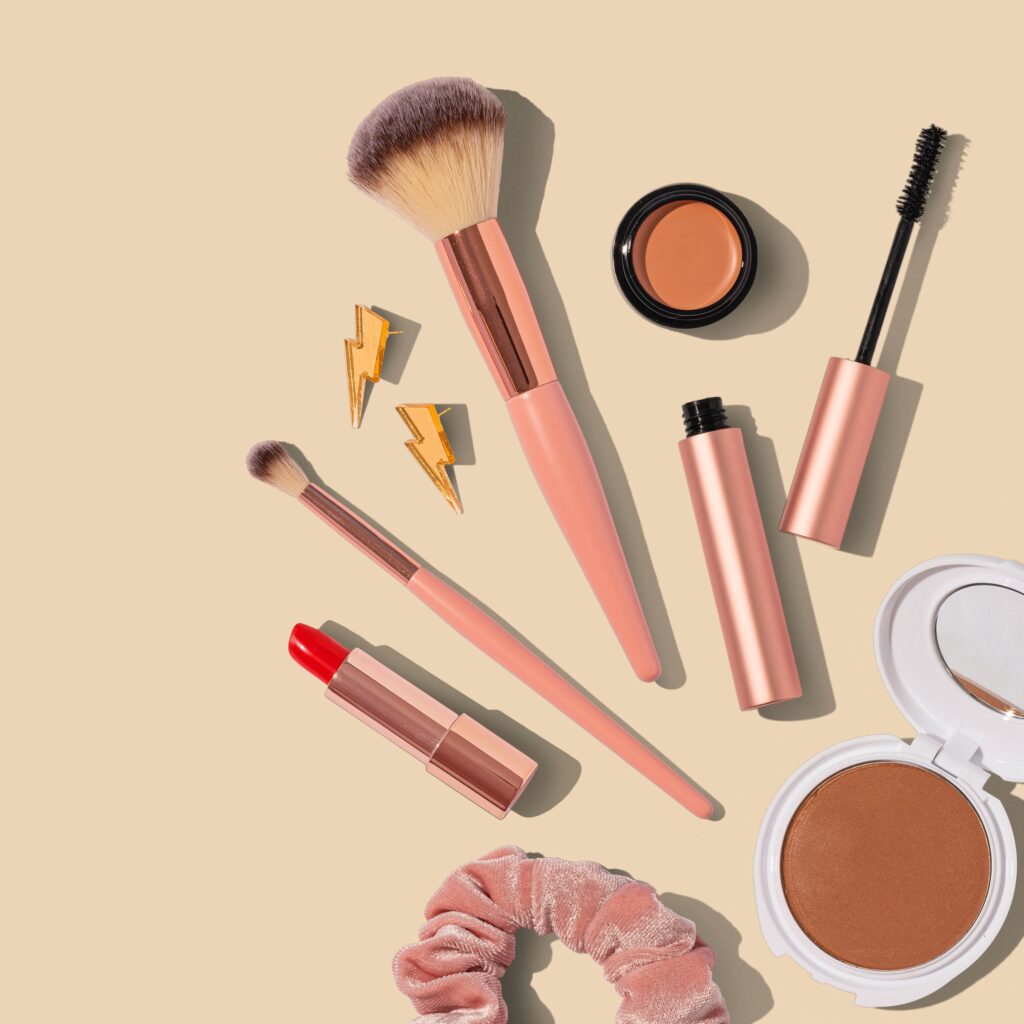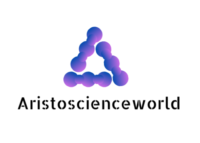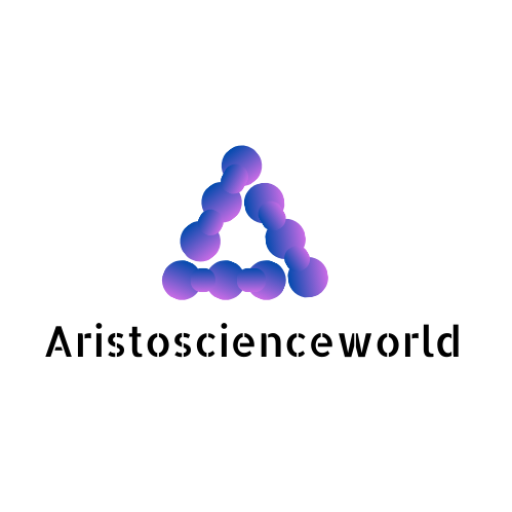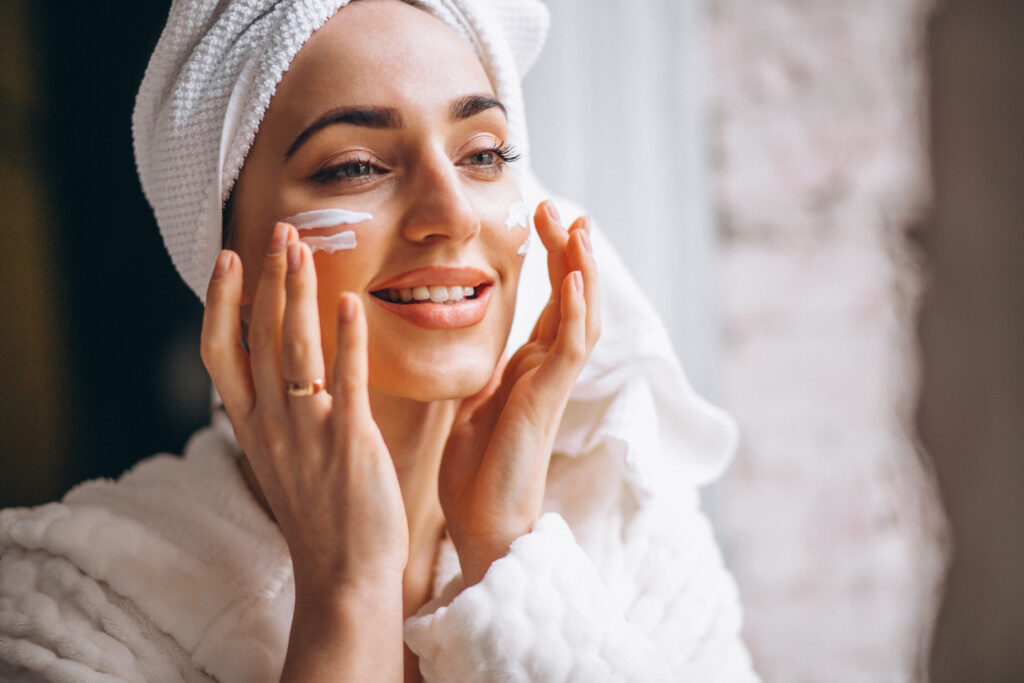The world of cosmetics:
No one in the world would easily go for the products that work on our bodies to make a desirable impact. Most people may be aware of a particular product, and it is supposed to pay off the expectation. Few people may go for it only for the attracting advertisement without considering the foremost thing, which is ingredients. The compounds in a particular product will resolve the complication that someone needs.
The role of cosmetics for our bodies is to clear up the problem we are facing. To do that, various compounds were researched and used in the market. Many companies are using the same combination for a particular group of difficulties. However, to gain popularity among the rivals, few companies use some harmful chemicals for benefits like long-term preservation, highly artificial results, and a faster outcome that may cover the consumers to secure the future profit for that company.
The classes of cosmetics:
The four major categories are skin, hair, nail and hygiene-based products. The skin involves the facial and the remaining body. Hygiene activities involve dental and bath toiletry.
Harmful chemicals:
Every country has its regulation regarding cosmetics and their ingredients. For instance, European countries have banned over 2000 products based on harmful components and safety considerations. Unfortunately, many other countries have leniency towards the safety of the consumers and no regulation by any central organisation like the FDA for food products and drugs. The natural way and the natural ingredients are the two things for industries to increase sales. But, the bitter truth is that “natural way or natural ingredients” is all talk and no action.
The cosmetic industries involve the most misleading information concerning their products. The word chemicals do not imply harmless; it’s the body whether it can adapt or is likely to change for good. Every cosmetic product contains natural things, and every natural thing involves chemical processing.
The most harmful chemicals are
- Parabens
- Sulfates
- PEG compounds
- Petrolatum
- Triclosan
- Formaldehyde
- Parfum
- Silicone
How are they referred to as harmful?
The best part is revealing the actual properties of these compounds through a complete study. Without proper research and development, many companies, for-profit, introduce the products with these ingredients without any regulations.
Most of the compounds were deleterious after they came into the market. So it is good to wait for some time to know what they are capable of (considering the positive impact in the market and reviews) and what they said.
Parabens:
Nowadays, we can see this compound in many ads and labels of personal healthcare products as “paraben-free”. It is much as popular as “trans-fat-free” in food products. The purpose of using paraben is for prolongation or preservation of the yield from microbial growth (bacteria, yeast and fungi). This derivative of para hydroxybenzoic acid became famous because it is one of the significant factors (prolongation) for selling and maintaining their market share.
The study report suggests that parabens are non-allergic. Although it is chemically stable, the high dosage used in some products affects the hormonal balance, especially in women, causing breast cancer and reproductive toxicity.
Example: Paraben acts as an agonist/antagonist in oestrogen receptors as per research.
Parfum:
The companies with their trade secrets use ingredients for fragrances may lead to hormone disruption. The commonly used compounds in artificial scents are BPA and Phthalates. Many studies prove that these act as endocrine disruptors and are also likely to be carcinogenic and neurotoxic. Many councils suggest avoiding products with the terms “fragrance and parfum” in the ingredient details.
Formaldehyde:
The simplest form of the aldehyde group is known for preservation in the medical field for prolonging cadavers in the liquid state (formalin). Because of its purpose, it prevents bacterial and fungal growth. Formaldehyde is generally a known human carcinogen involved in the bio signalling pathway to cause the effect. This compound is still in use in a deficient amount in products like shampoos and cleansers. However, it reduces its usage period.

Silicone:
Many people have mistaken the fact that silicone is not an element, whereas Silicon(Si) is. Silicones are derived from silicon dioxide (silica) by various steps. Silicone has been used in the cosmetic industry for a long time because of its property to be water-resistant. This can be utilised in face creams like sunscreens and moisturisers. The reason that it is said to be harmful is because of its effect on the skin. This compound may cause blemishes (including skin cancer: carcinoma and melanoma). The blemishes may be not life-threatening but need extreme attention to cure, also stimulating the ageing process and damage to skin cells.
Furthermore, though silicone is biodegradable on the land surface, it exists in Aquatic environments since it is water-resistant. These days, silicones are replaced for their effects on our environment by adding Dicaprylyl Ether, Undecane, Coco-Caprylate or Coco-Caprylate/Caprate to keep going on with their role in cosmetics.
The cosmetic world is a mess where people find their favourite one based on many categories like flavour, long term, branded, “100% natural”, dermatologically tested and primarily based on reviews.
Our guidance is to choose the correct solution for the issues; however, we must avoid overthinking the ads and stuff. To find a perfect solution by consulting a dermatologist and based on scientific results and reviews.
Discover more from Aristoscienceworld
Subscribe to get the latest posts sent to your email.




